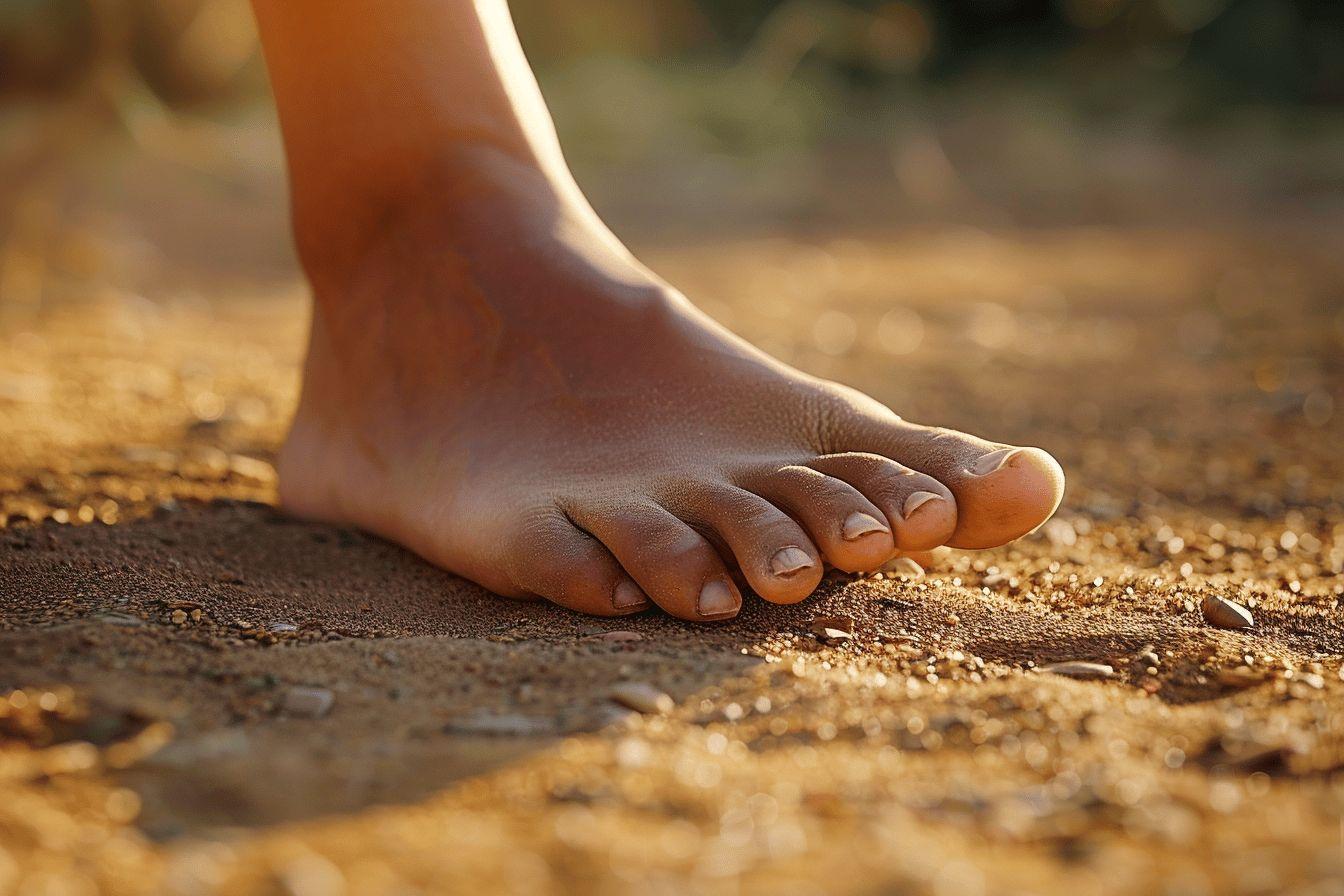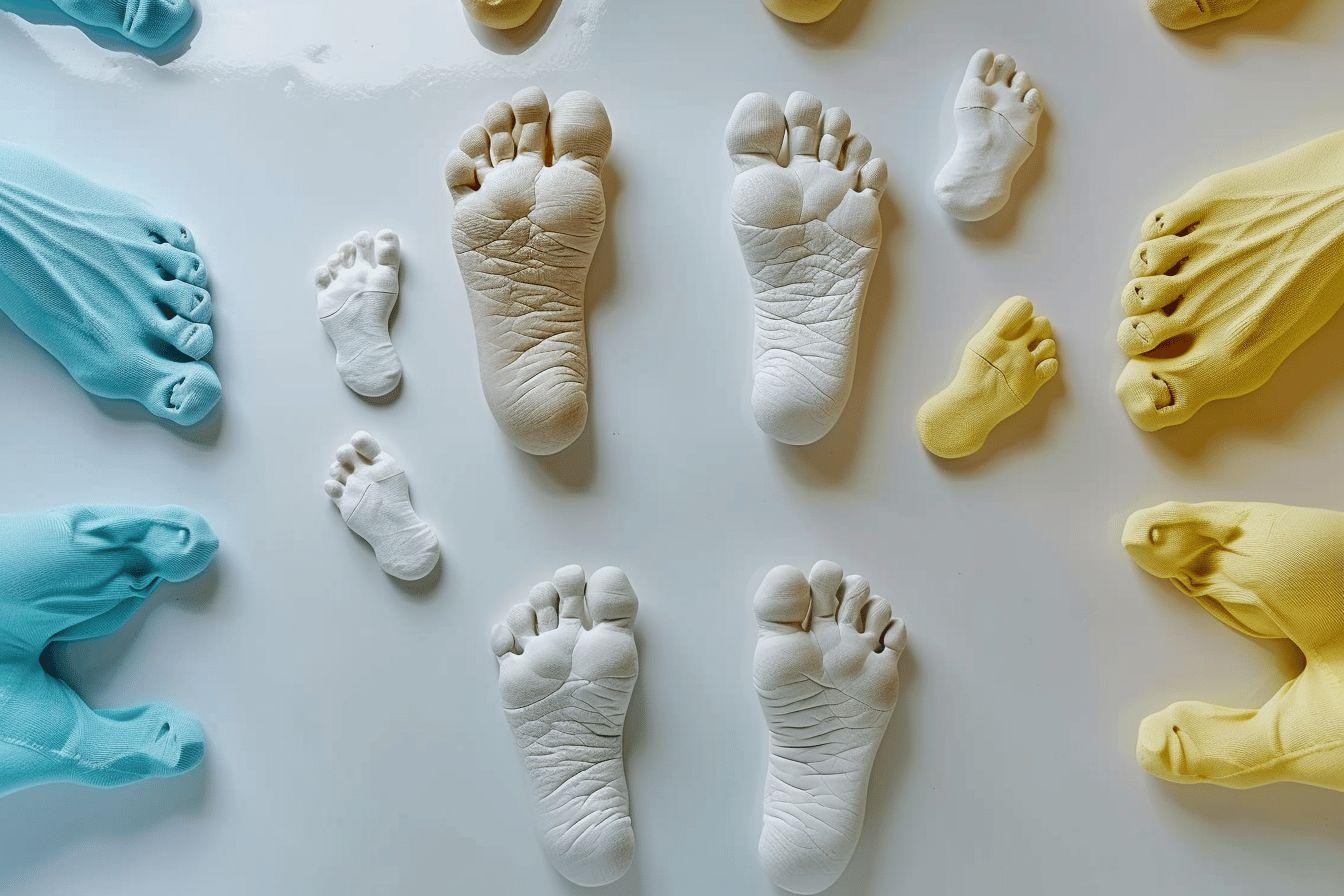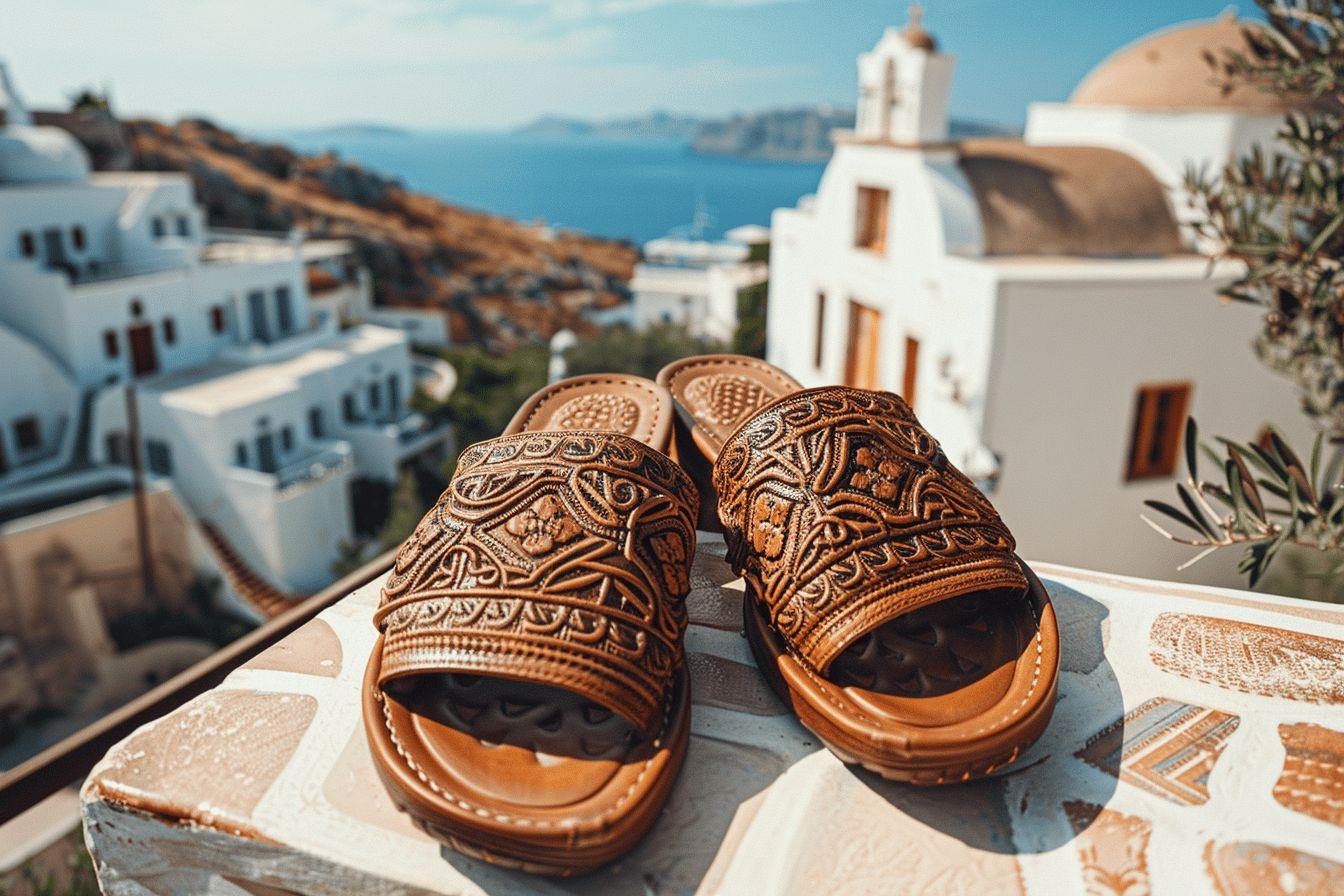Summary
The Egyptian foot presents distinctive anatomy with a longer big toe, affecting 20-30% of people globally and requiring specific footwear considerations.
- Distinctive structure : Big toe is longest with sequentially shorter digits, creating a diagonal line across toes
- Identification methods : Visible toe arrangement, wet foot tests, and professional podiatric assessments
- Footwear needs : Requires wider toe boxes to prevent bunion development and reduce pressure points
- Health implications : May alter biomechanics during walking, potentially leading to plantar fasciitis without proper support
The Egyptian foot represents a distinctive anatomical variation where the big toe is the longest digit, with the other toes decreasing in length sequentially. This unusual foot shape, named after its resemblance to ancient Egyptian art depictions, affects approximately 20-30% of the global population. In podiatric medicine, understanding this morphology helps professionals address specific biomechanical challenges and footwear needs that Egyptian foot owners may experience.
Understanding the Egyptian foot structure
The Egyptian foot morphology features a characteristic toe arrangement where the hallux (big toe) extends beyond all other toes, with each subsequent toe becoming progressively shorter. This creates a diagonal line across the toes when viewed from above. Podiatrists classify this as one of three primary foot shapes, alongside Greek (where the second toe is longest) and Square/Roman feet (where the first two toes are equal length).
This distinctive foot structure derives its name from ancient Egyptian artistic representations where figures typically displayed this toe arrangement. Anatomically, the Egyptian foot configuration results from the relative lengths of the metatarsal bones in the forefoot, with the first metatarsal being proportionally longer than the others.
The prevalence of Egyptian feet varies significantly across different populations and genetic backgrounds. Research suggests this foot type appears most commonly in Mediterranean and African populations, though it can be found worldwide. Some evolutionary biologists theorize this foot shape may have provided advantages for certain types of movement or environments throughout human development.
From a biomechanical perspective, Egyptian feet typically demonstrate distinct walking patterns. The prominent big toe often bears significant weight during the push-off phase of walking, potentially creating symptoms similar to plantar fasciitis if proper footwear isn't worn. This unique structure influences how weight distributes across the foot during standing and locomotion.

How to identify an Egyptian foot shape
Recognizing an Egyptian foot involves several straightforward assessment methods that both professionals and individuals can perform. The most basic identification technique requires examining the foot's silhouette from above while standing. If the big toe extends notably beyond the second toe, with each subsequent toe becoming shorter, this indicates an Egyptian foot structure.
For a more precise assessment, podiatrists often employ these professional methods:
- Wet foot test - examining the footprint left when stepping from water onto a dry surface
- Digital scanning technology to create detailed 3D models of foot structure
- Pressure mapping to analyze weight distribution patterns specific to Egyptian feet
- Gait analysis to observe walking biomechanics associated with this foot type
- Measurement of metatarsal lengths and positioning through radiographic imaging
The visible characteristics of Egyptian feet extend beyond just toe length. These feet often display a narrower forefoot compared to other foot types, with potential for higher arches in many cases. The diagonal line formed by the descending toe lengths creates a distinctive triangular appearance to the forefoot.
One simple self-test involves standing barefoot on a piece of paper and tracing the outline. The resulting shape reveals your foot type clearly when examining the toe profile. People with Egyptian feet may notice their footwear wears differently, with increased pressure points near the big toe and potential for conditions like hallux valgus (bunions) due to the prominent first digit.
| Foot Type | Key Characteristics | Common Footwear Issues |
|---|---|---|
| Egyptian | Big toe longest, sequential decrease in length | Pressure on big toe, potential bunion development |
| Greek | Second toe longest, "Morton's toe" | Second toe pain, hammer toe formation |
| Square/Roman | First two toes equal length, squared appearance | Even pressure distribution, fewest problems |
Implications for footwear and foot health
People with Egyptian feet face unique challenges when selecting appropriate footwear. The prominent big toe requires shoes with adequate toe box space to prevent compression and friction that could lead to painful conditions. Pointed-toe shoes typically cause significant discomfort for those with this foot shape, potentially contributing to bunion development over time.
Ideal footwear for Egyptian feet should feature:
- Wider toe boxes that accommodate the longer big toe comfortably
- Proper arch support matching the foot's natural contour
- Sufficient cushioning beneath the forefoot to reduce pressure
- Secure midfoot support to prevent sliding forward within the shoe
Without proper footwear accommodation, Egyptian foot owners may develop various podiatric issues. The elongated big toe faces increased risk of injury and subungual hematoma (bleeding beneath the toenail) from striking the front of shoes. Additionally, improper shoe fit can contribute to plantar fasciitis development due to altered biomechanics and pressure distribution.
Regular foot care becomes particularly important for those with Egyptian feet. The prominent big toe often experiences increased friction and pressure, making it susceptible to callus formation and nail problems. Maintaining proper nail trimming techniques and monitoring for early signs of irritation can prevent many common complications.
From an athletic perspective, Egyptian foot owners should be particularly attentive to sport-specific footwear needs. Running shoes may require additional forefoot volume, while cleated sports might necessitate custom modifications to prevent toe jamming during rapid deceleration. Many athletes with this foot type benefit from working with specialists who understand how to accommodate this unique foot structure.
Long-term care for Egyptian foot shape
Managing an Egyptian foot structure throughout life requires proactive measures to maintain comfort and prevent complications. Regular podiatric check-ups can identify potential issues before they become problematic, especially for those experiencing discomfort or noticing changes in foot structure over time.
Specific exercises can benefit those with Egyptian feet by strengthening supportive muscles and improving flexibility. Toe spacers occasionally help counteract the effects of improper footwear, though they should be used under professional guidance. Monitoring for improvements in foot discomfort can help track the effectiveness of treatment approaches.
While Egyptian foot shape itself isn't a medical condition requiring treatment, understanding this anatomical variation helps individuals make informed choices about footwear and activities. By recognizing the unique characteristics of this foot type, people can better advocate for their foot health needs and prevent unnecessary discomfort through appropriate accommodations.




Leave a comment
This site is protected by hCaptcha and the hCaptcha Privacy Policy and Terms of Service apply.